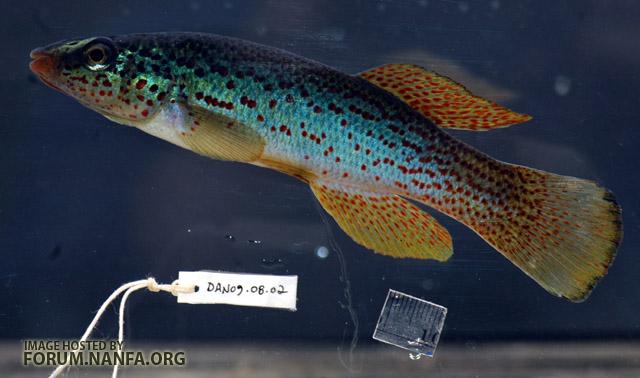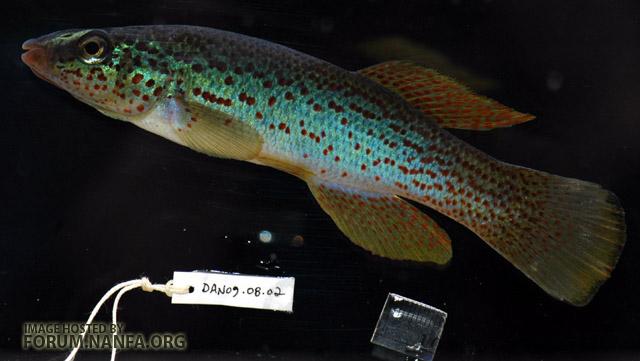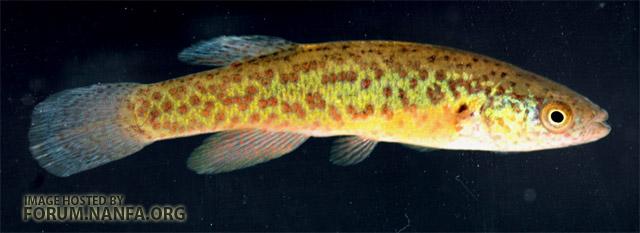
F. stellifer, live in a 2.5 gal tank

F. stellifer, live in a 2.5 gal tank from above (usually how you see them

F. stellifer, live in a photo tank, gray background

F. stellifer, fixed in a photo tank, gray background

F. stellifer, fixed in a photo tank, black background

F. julisia, live in a photo tank, "gray" background - it looks black after I auto-leveled it.
I have to admit, I really like the black background on stellifer. So I guess I'm not an exclusive "gray" kind of guy lol.
Todd
Edited by farmertodd, 23 April 2009 - 11:42 AM.









